digging pond deeper, ran into gravel
nearzealot
11 years ago
Related Stories

GARDENING GUIDESGarden Myths to Debunk as You Dig This Fall and Rest Over Winter
Termites hate wood mulch, don’t amend soil for trees, avoid gravel in planters — and more nuggets of garden wisdom
Full Story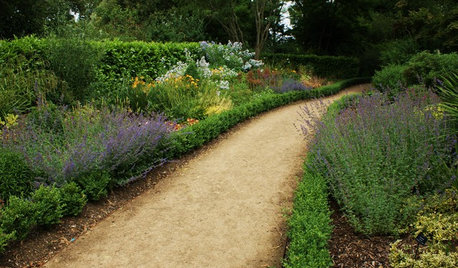
LANDSCAPE DESIGN5 Gravel and Stone Types for a Rockin' Landscape
Give your garden design some textural bam with pebbles, granite, river rocks and other permeable materials
Full Story
GARDENING AND LANDSCAPINGHow to Make a Pond
You can make an outdoor fish paradise of your own, for less than you might think. But you'll need this expert design wisdom
Full Story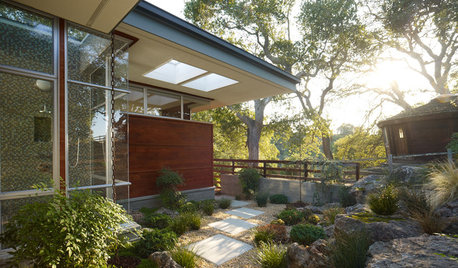
LANDSCAPE DESIGNSoak It Up: How to Manage Stormwater in Your Landscape
Permeable paving, gravel beds and planted areas in your yard can absorb and cleanse stormwater runoff. Here's how it works
Full Story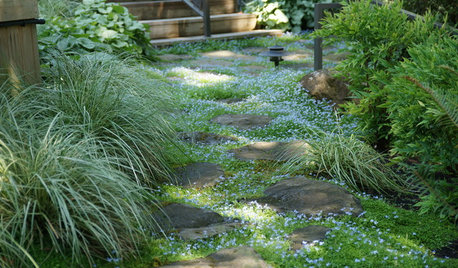
LANDSCAPE DESIGNHow to Pick the Right Floor for Your Garden Room
Crunch the facts on gravel, flagstone, brick, tile and more with our mini guide to outdoor flooring surfaces
Full Story
LANDSCAPE DESIGNLandscaping Tricks to Manage Stormwater Runoff
Help rainwater absorb slowly back into the earth with paving grids, gravel beds and other porous systems
Full Story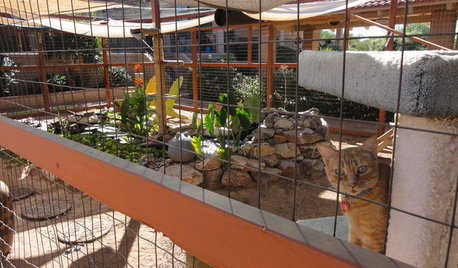
PETSSee a Deluxe 'Catio' Built for Feline Fun
Sixteen lucky cats get the run of a protected outdoor patio with ramps, steps and even a koi pond
Full Story
LANDSCAPE DESIGNKoi Find Friendly Shores in Any Garden Style
A pond full of colorful koi can be a delightful addition to just about any landscape or garden
Full Story
LANDSCAPE DESIGN15 Great Ideas for a Lawn-Free Yard
End the turf war for good with hardscaping, native grasses and ground covers that save water and are easier to maintain
Full Story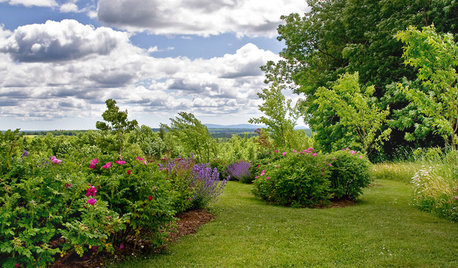
LANDSCAPE DESIGNYour Mini Guide to Great Garden Edges
Get the scoop on trenches to the skinny on bender board, to help keep your garden beds as tidy as you like
Full StoryMore Discussions







waterbug_guy
nearzealotOriginal Author
Related Professionals
Edmond Landscape Architects & Landscape Designers · Suffern Landscape Architects & Landscape Designers · Washington Landscape Architects & Landscape Designers · Springfield Landscape Contractors · Edmond Landscape Contractors · Apollo Beach Landscape Contractors · Chattanooga Landscape Contractors · Conroe Landscape Contractors · Fort Mill Landscape Contractors · Mission Viejo Landscape Contractors · North Lauderdale Landscape Contractors · Rockville Landscape Contractors · Stony Brook Landscape Contractors · Golden Valley Landscape Contractors · San Pablo Landscape Contractorssleeplessinftwayne
chas045
nearzealotOriginal Author
sleeplessinftwayne
chas045
mckool
goodkarma_